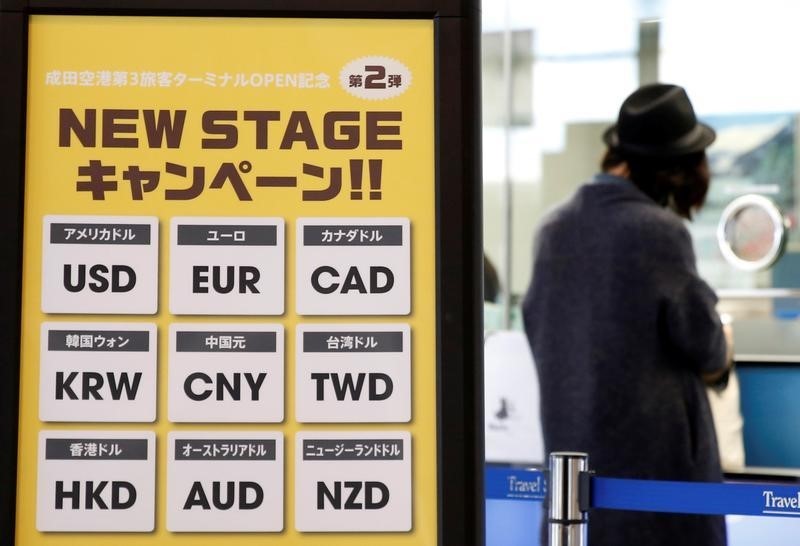Inflation Expectations Rise Among Consumers in the Eurozone
Forex - Inflation expectations among consumers in the Eurozone have increased. According to a survey conducted by the ECB, consumers' inflation expectations for the next 12 months and over the next 3 years have risen.
While economic growth expectations for the next 12 months have become more negative, the expected unemployment rate in 12 months has increased. Expectations for housing price increases over the next 12 months have slightly risen, while expectations for mortgage interest rates in 12 months have remained unchanged.
The perceived median inflation rate for the previous 12 months increased from 3.2% in October to 3.4% in November. The median inflation expectation for the upcoming 12-month period rose for the second consecutive month from 2.5% to 2.6%. Median inflation expectations for three years ahead also increased from 2.1% in October to 2.4% in November (the highest level recorded since July 2024). Thus, inflation expectations in one and three-year horizons remained below the perceived past inflation rates.
Uncertainty regarding inflation expectations for the next 12 months has remained unchanged, staying at its lowest level since February 2022. While the overall development of inflation perceptions and expectations has remained relatively close across income groups, expectations for lower-income groups were slightly higher than those of higher-income groups. Younger participants (ages 18-34), although reporting lower inflation perceptions and expectations compared to previous years, continued to show lower inflation perceptions and expectations than older participants (ages 35-54 and 55-70).
Economic growth expectations for the next 12 months have deteriorated, rising from -1.1% in October to -1.3% in November. Expectations for the unemployment rate 12 months from now increased from 10.4% in October to 10.6%, returning to the level seen in September. Consumers continue to expect that the future unemployment rate will be only slightly higher than the current unemployment rate (10.1%), indicating an overall stable labor market.


